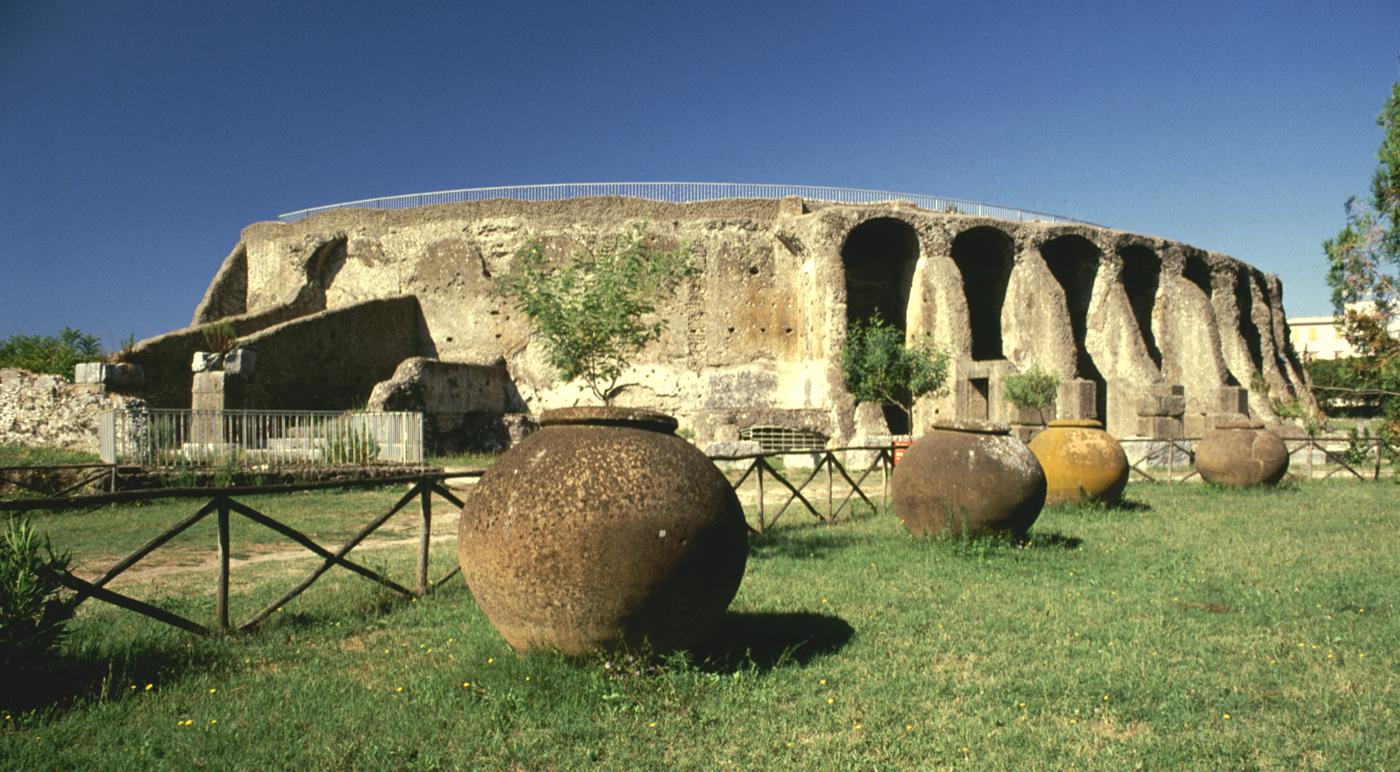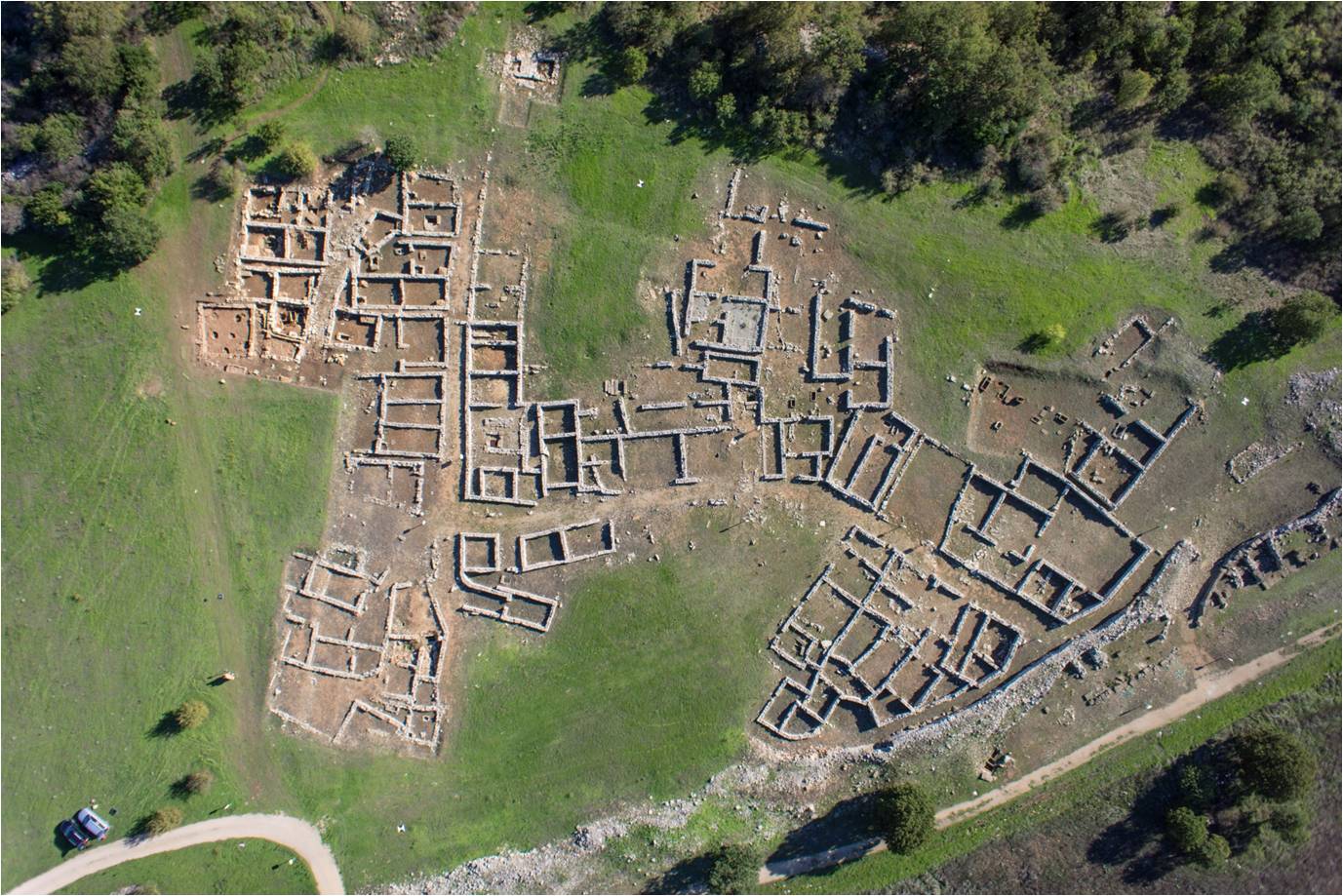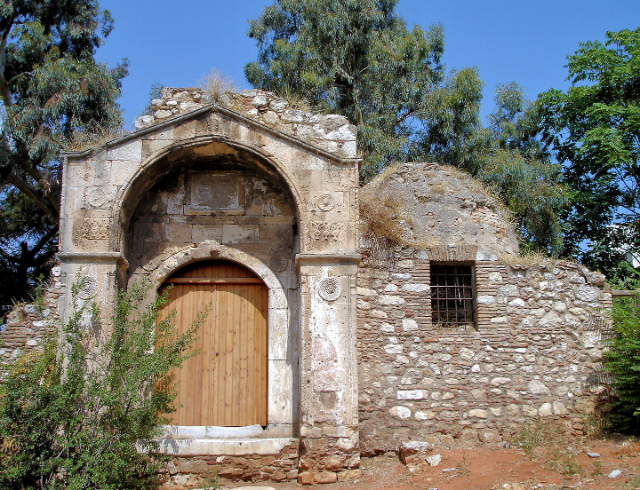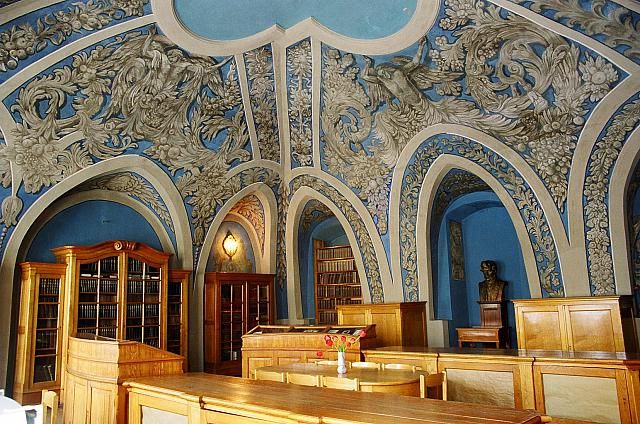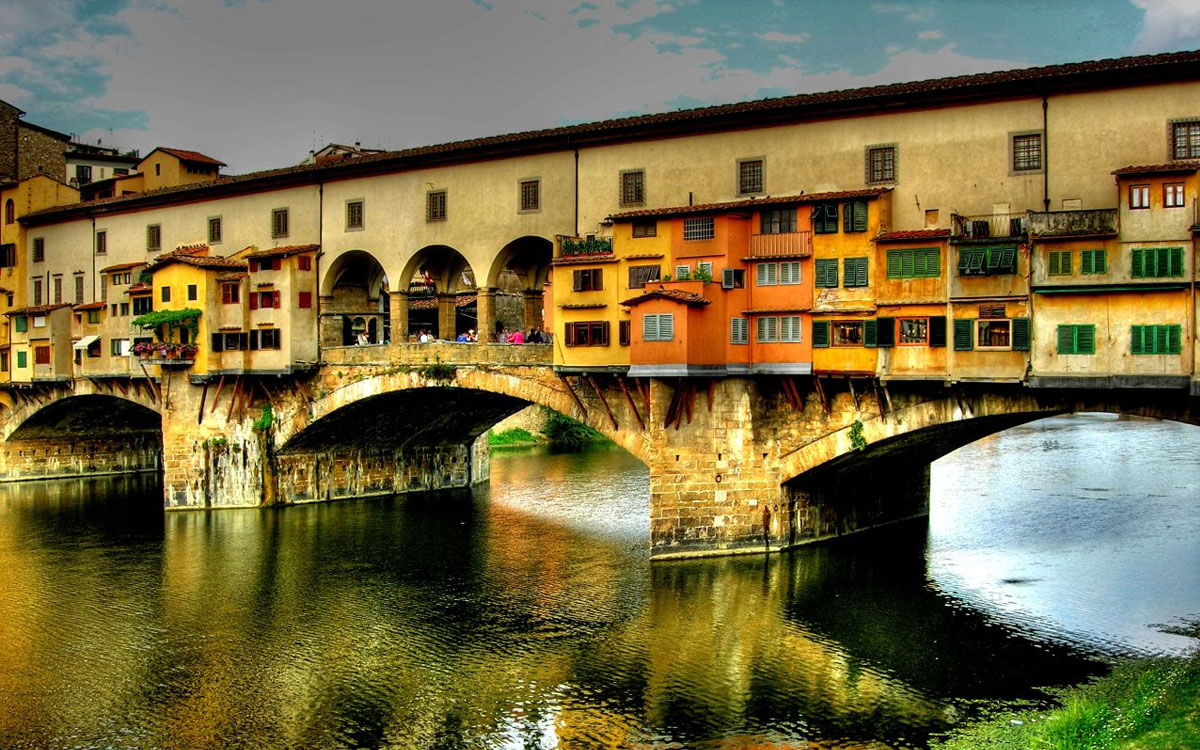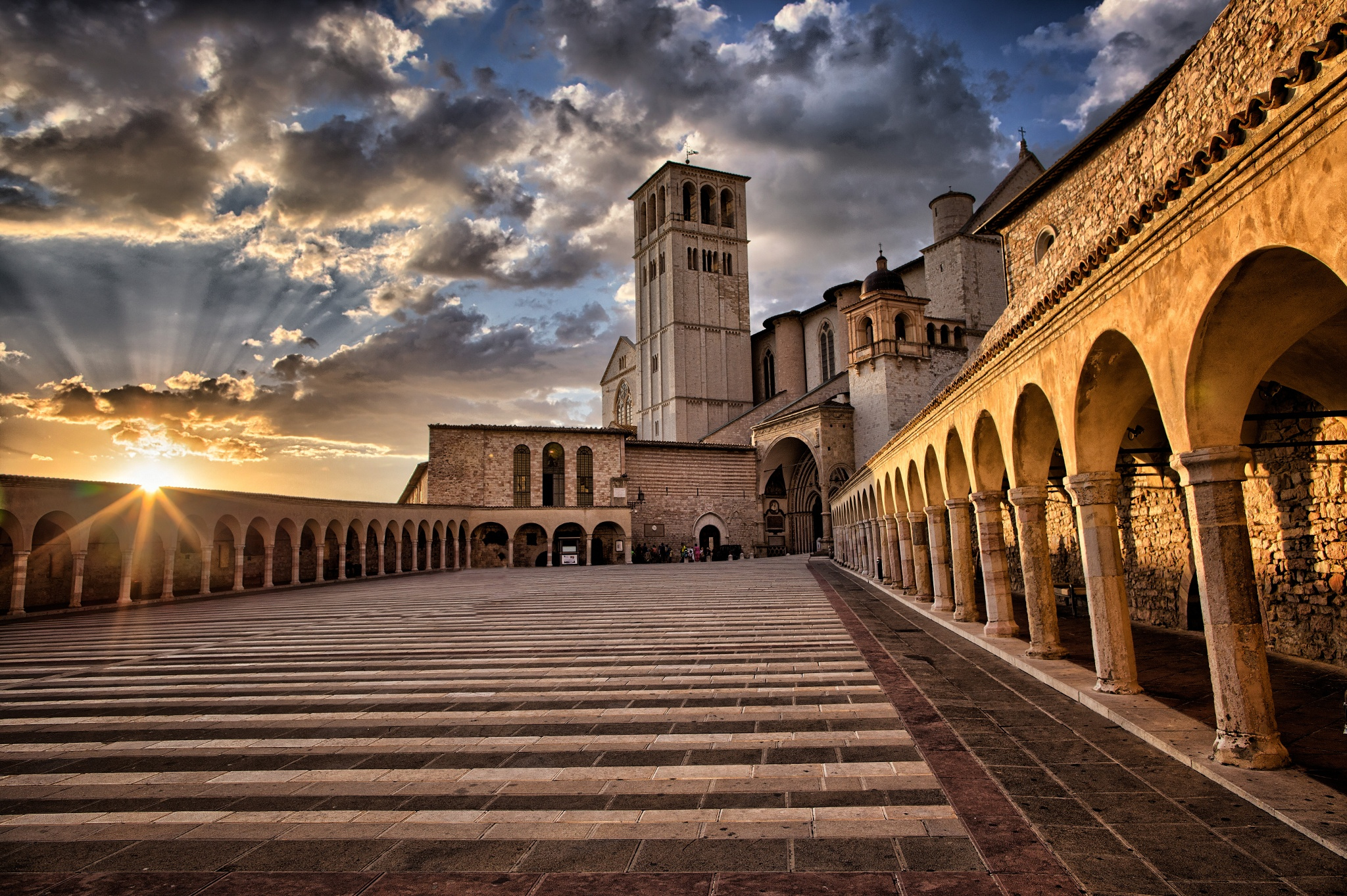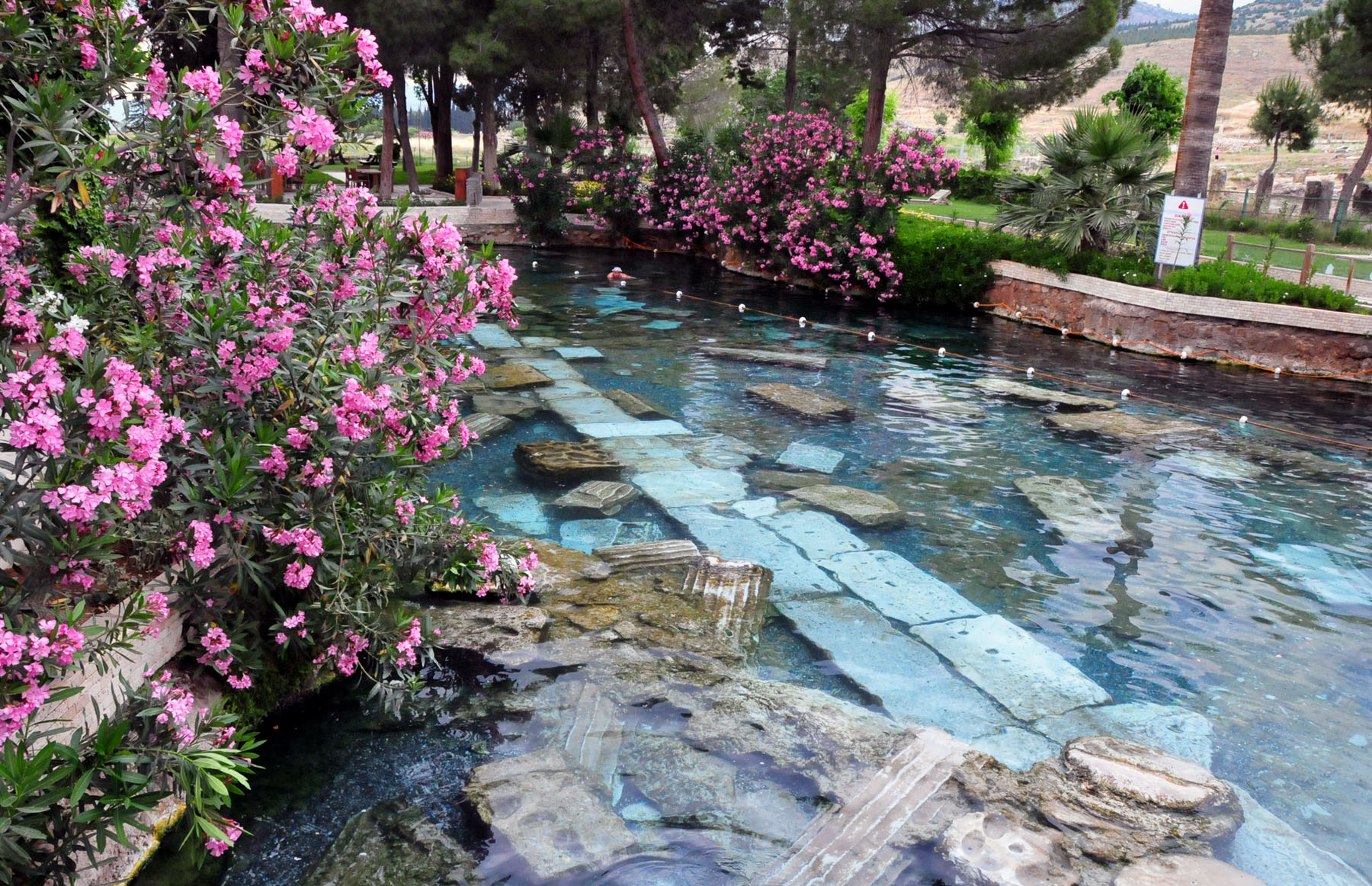Near the Garigliano River, which divides Latium from Campania, stand the remains of ancient Minturnae. A city allied with the Samnites, it sided against Rome and was part (with Pirae, today’s Scauri) of the "Aurunca Pentapolis," also formed by Sinuessa, Suessa, Vescia and Ausona. In 314 B.C. Minturnae, Ausona and Vescia were destroyed by the Romans. Following the construction of the Appian Way (Regina Viarum), ordered in 312 by the censor Appius Claudius Blind, the city began to rise again. In 296 BC it was repopulated with the dedication of a Roman colony. More settlers came later, in the time of Caesar and Augustus. A major commercial center, Minturnae fulfilled (especially in imperial times) the function of controlling the "river road" (the ancient Liris, now Garigliano) and the pons Tirenus, mentioned by Cicero.
The name of the city derives, perhaps, from Me-nath-ur (prey of fire) or from Minotaur, a figure from Greek mythology. In the Minturnese marshes the consul Caius Marius found refuge in 88 B.C., heeled by the men of his rival Sulla. The magistrates ordered his killing at the hands of a Cimbrian slave. The leader managed to escape death after intimidating the Germanic. The locals then helped Caius Marius board Beleo’s ship bound for Africa. A bronze bust of the consul is currently in the Mayor’s Office in City Hall.
